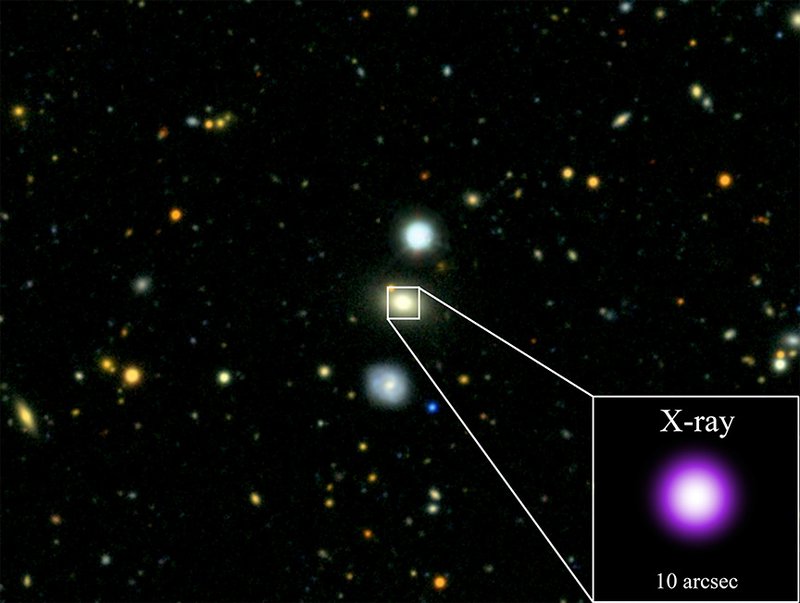THE LATEST
Physicists use supercomputer modeling to predict the feeding patterns of black holes in groundbreaking research

In a great discovery, a team of astrophysicists led by Syracuse University Professor Eric Coughlin has made a breakthrough in understanding black holes. Using supercomputer modeling, they accurately predicted the feeding patterns of a black hole, a significant achievement in our knowledge of the cosmos.
At a distance of about 860 million light-years from Earth, an amazing celestial event validated the team's model. Using advanced telescopes like NASA’s Hubble, James Webb, and Chandra X-ray Observatory, the team explored the mysterious world of black holes, shedding light on their feeding mechanisms through tidal disruption events (TDEs).
TDEs occur when a star is torn apart by the immense gravitational force of a black hole, creating a bright flare. By studying these events, scientists can learn about supermassive black holes (SMBHs) across vast cosmic distances, providing crucial insights into their behavior and properties.
Through meticulous modeling, the physicists accurately predicted the fluctuations in brightness of AT2018fyk, a repeating partial TDE that offered a rare glimpse into the interaction between a star and a supermassive black hole. Their predictions, culminating in the dimming of AT2018fyk in August 2023, demonstrated the precision of their model, opening new avenues for understanding these cosmic behemoths.
Using the computational power of supercomputers, the team revealed the intricate dynamics of black holes. Their findings highlight the invaluable role of technology in unraveling the mysteries of the universe.
In high-energy astrophysics, where light and matter merge in cosmic symphonies, the team's research showcases human ingenuity and the relentless pursuit of knowledge. By harnessing the capabilities of supercomputer modeling, they have illuminated the path toward a deeper understanding of the cosmos and our place within it.
As we gaze at the starlit sky, let the achievements of these visionary physicists inspire us to reach for the stars, for in the vast expanse of the universe, our quest for knowledge knows no bounds.
